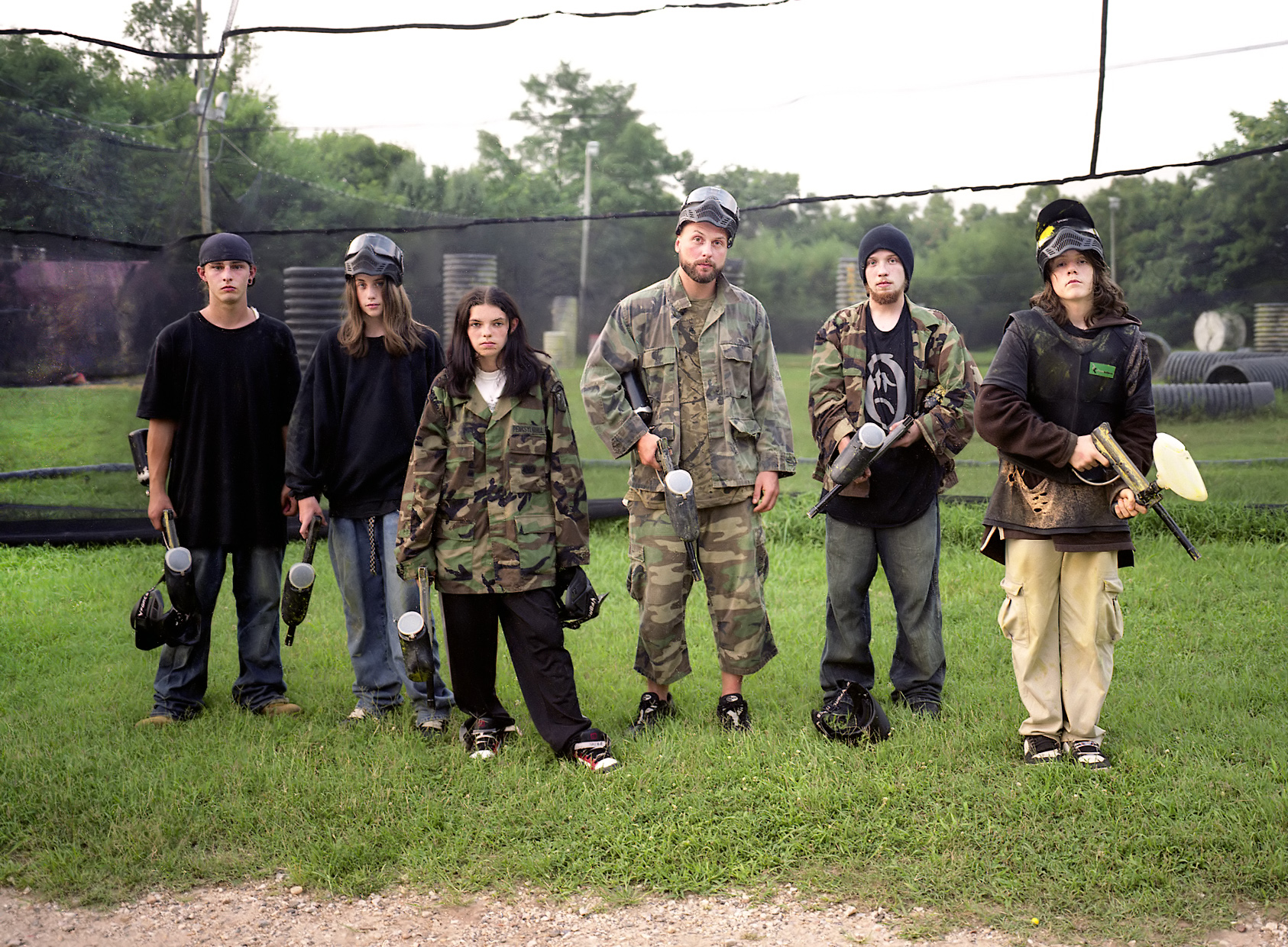Director Matt Porterfield filmed his first feature, “Hamilton,” in the same neighborhood, on the same block and in the same house in Baltimore where he grew up.
When “Hamilton” opens, 17-year-old Lena, a new mother, is looking for Joe, the father of her child. From this situation, Porterfield was able to explore a family theme and the working class community of this particular neighborhood.
“I believe in the importance of locality and in the potential of regional cinema to approach the universal. Plus, it’s the place I really know, better than any place on Earth,” Porterfield said.
Porterfield’s second feature, “Putty Hill,” which premiered at the Berlin Film Festival in February 2010, and “Hamilton” will screen tonight at the James Bridges Theater in Melnitz Hall.
Porterfield will participate in a Q&A session in between films.
Both films were made with less than $100,000. Despite small funding, Porterfield’s minimalist approach toward his films aims at an authentic portrayal of the emotions and daily lives of the characters within them.
“Matt’s films, both of them, are about a white working class that’s on the cusp of the rural and the suburban that no one else is really paying attention to,” said Phil Coldiron, a cinema and media studies graduate student and director of Melnitz Movies.
“He treats this without an ounce of condescension.”
“Putty Hill” was born from a lack of funding and became an improvisational film set in Baltimore. Porterfield had originally planned to film “Metal Gods,” a script that would have been set in 15 different locations and would have required a large amount of money.
Luckily, Porterfield had become well-acquainted with his actors, and his knowledge of the city made the film happen. Steve Holmgren, one of the producers of “Putty Hill,” concentrated on the business side of the project by helping with scheduling, budgeting and fundraising. He said that he believes the reduction in funding and improvisation of the film was actually for the better because it has a more organic feel.
“(Matt) really got to know these kids and adults that are having a tough time in life. It’s not a superficial or anthropological look. It’s at their level and has a trust and relationship that comes out on screen,” Holmgren said.
“Putty Hill” is about the reunion of an impoverished community after the death of a teenager, Cory, from a drug overdose. The film has a documentary style in which an outside voice asks the characters questions about their lives.
“Filmmaking that breaks down distinctions between fiction and nonfiction is one of the big things in the world of cinema right now, and I think “˜Putty Hill’ does that better than any American movie in recent memory,” Coldiron said.
On the post-production side of the film, Holmgren is involved in sales and scheduling domestic and international screenings.
Holmgren has been able to observe the general consensus toward the film. According to him, people have generally been moved by it.
Both features particularly focus on young people and Holmgren hopes the UCLA community will see them as an authentic portrayal of life in impoverished communities.
“Matt would agree that in the media, marginalized people on the fringe of society are often portrayed in an unrealistic fashion and I hope this feels like something real,” Holmgren said.
Coldiron, who is in charge of choosing which films to screen for Melnitz, was especially drawn to Porterfield’s two features because of the original way in which the director chose to tell his stories.
“It’s just a very honest and curious way to approach how characters convey their feelings in a movie. That’s something that I think is particularly important for young filmmakers to think about, and I hope that engaging with Matt’s movies can inspire young directors to forge paths for themselves that are as unique as his,” Coldiron said.
